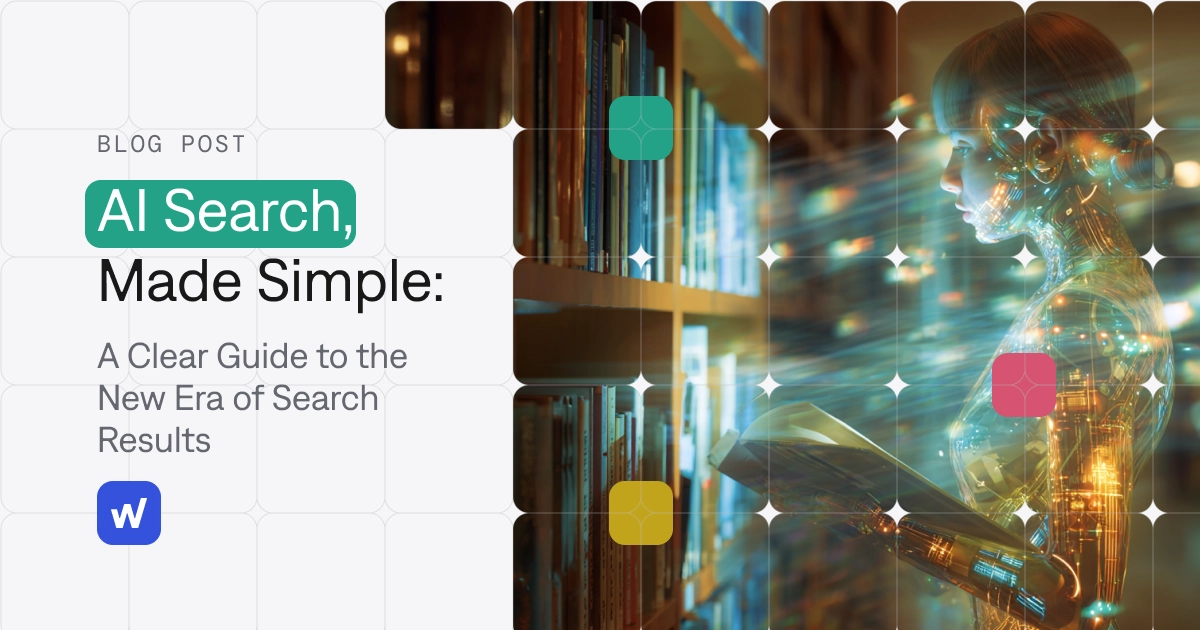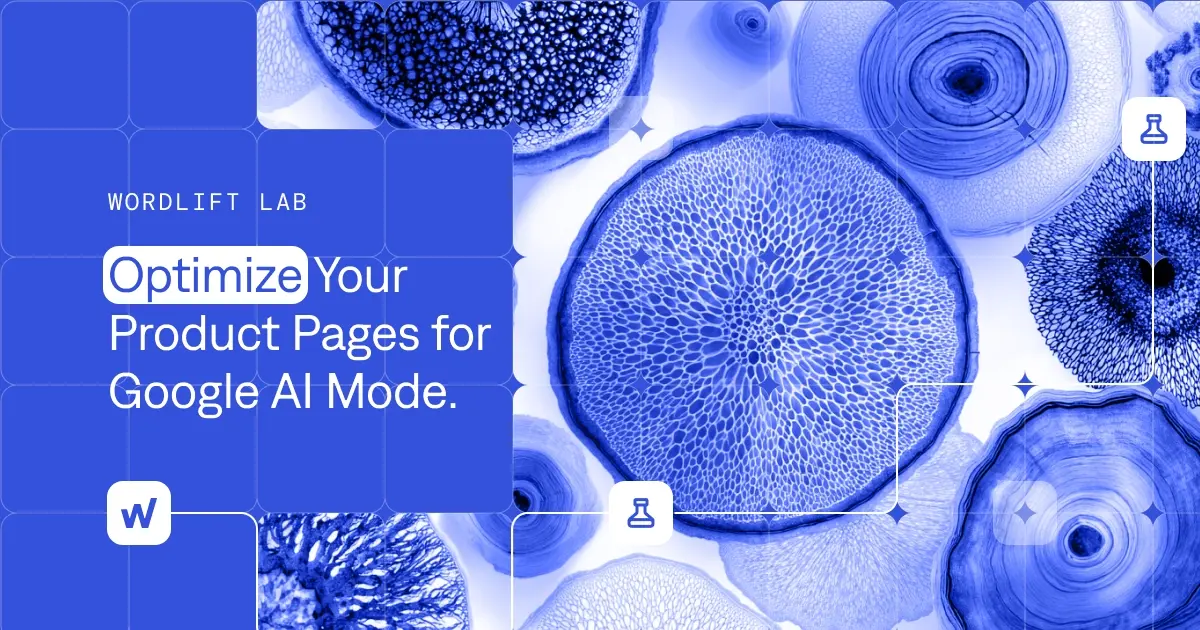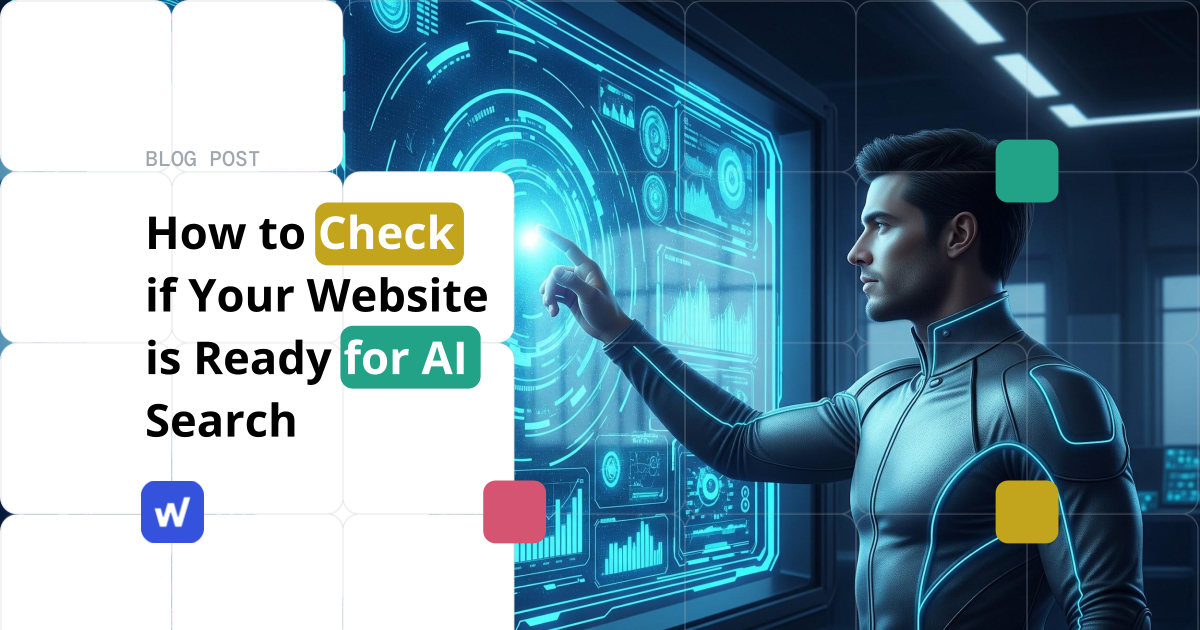Google AI Mode Optimization Guide: How to Rank in AI Search
A Step-by-Step Guide to Making Your Brand Visible in AI-driven Search
Discover how to make your brand visible in AI search with practical steps, structured data strategies, and an AI-ready checklist.
Complete the form to download the guide.
What is Google AI Mode?
Google AI Mode is an advanced search feature that integrates Google’s powerful AI, powered by the Gemini model, directly into the search experience.
It transforms the traditional search process into a more intuitive and conversational journey, allowing you to ask complex questions using text, voice, or even images. Instead of just providing a list of links, AI Mode synthesizes information from multiple sources to deliver a comprehensive, easy-to-understand response.
For example, instead of searching multiple times for “family-friendly hotels in Lisbon,” “restaurants with gluten-free options in Lisbon,” and “historical sites near Alfama,” you could ask AI Mode a single, detailed question: “Plan a 3-day family trip to Lisbon for a family with a gluten allergy, focusing on historical sites in the Alfama district.”
AI Mode would then provide a synthesized itinerary that includes hotel suggestions, certified gluten-free restaurants, and a walking tour of historical landmarks, all in one consolidated answer.
It includes helpful links to high-quality web pages, allowing you to verify information and explore topics in greater detail. You can also ask follow-up questions to refine your search, making research faster and more efficient.
Comparison: Traditional SEO vs. AI Mode Optimization
| Feature / Aspect | Traditional SEO | AI Mode Optimization |
| Primary Goal | Rank high in the “10 blue links” (SERP). | Become a cited, authoritative source within the AI-generated answer. |
| Core Content Unit | The entire Page or URL. | The “Chunk”: a specific, self-contained section of content on the page. |
| Keyword Strategy | Focus on a primary keyword and related secondary keywords for the page. | Focus on answering specific, conversational questions and covering entities within a topic. |
| Content Structure | Hierarchical (H1, H2, H3s) to organize the page for crawlers and users. | Semantic and modular. HTML structure (like <div>s and <section>s) helps define chunks for the AI. |
| Structured Data | Important. Schema.org helps search engines understand content for rich snippets. | Critical. Provides explicit, machine-readable facts that AI can easily ingest and use in answers. |
| User Intent Focus | Matches broader intents (informational, navigational, transactional). | Targets hyper-specific, multi-turn, and conversational queries. |
| Measurement of Success | Keyword rankings, organic traffic, Click-Through Rate (CTR) from SERP. | Being featured as a source, traffic from AI answer links, and enhanced brand authority. |
| Example Tactic | Optimizing a title tag and meta description for a target keyword. | Ensuring a product description chunk clearly and concisely states the price, material, and return policy to directly answer a specific user question. |
Who is this guide for?
This guide is designed for SEO and marketing teams ready to adapt to the AI-powered future of search. Immediate, actionable, and hands-on.
It’s perfect for:
- Businesses who need to future-proof their brand’s online visibility in AI Mode.
- SEO specialists looking to adapt to AI-generated results.
- Content marketers who want their articles, blogs, and pages to be cited in AI answers.
- Teams responsible for structured data, semantic content, and knowledge management.
If you want practical, actionable strategies instead of theory, this guide is for you.
Why this guide?
“Optimizing for AI Mode” is the first guide to combine:
- SEO best practices for query coverage and topical authority.
- Structured data techniques that help AI understand your content.
- Content workflow strategies that make optimization repeatable and scalable.
Unlike other resources, this guide doesn’t just explain AI Mode, it shows you exactly what to do to get cited by AI, build authority, and measure success. You’ll get hands-on steps, examples, and actionable insights that you can implement immediately.
Learn More About AI Mode

Confused by Google’s AI Mode? This guide breaks it down with simple terms, real examples, and expert insights — no jargon, just clarity.
Read the blog post

Learn how to future-proof your ecommerce strategy by optimizing product pages for Google’s new AI Mode.
Read the blog post

Discover how to quickly asses your website’s AI readiness and optimize for the new era of AI-driven search.
Read the blog post
Frequently Asked Questions
The impact is evolving. While AI Mode might reduce clicks for simple queries by providing direct answers, it also creates new opportunities.
Being cited as a primary source in an AI-generated response can establish your site as an authority, driving highly qualified traffic.
The key for SEO is to create comprehensive, expert-level content that is likely to be used as a source.
A normal Google search provides a ranked list of links for you to explore and find the answer yourself.
AI Mode does the exploration for you, reading multiple sources and providing a single, consolidated answer, much like a research assistant.
It is more likely that AI Mode will coexist with and enhance traditional search rather than replace it entirely.
While AI-generated summaries are useful for complex queries, the classic “ten blue links” format remains highly effective for navigational or simple informational searches.
The future of search will likely be a hybrid model that serves the user’s specific intent for each query.
Yes, your interactions with AI Mode, including your queries, are used to improve and develop Google’s products and machine learning technologies.
However, Google provides privacy controls in your Google Account, such as “Web & App Activity,” which you can manage to limit how your data is used.
Yes. Because AI Mode is integrated with Google Search, it can access and process real-time information.
This allows it to provide up-to-date answers on current events, financial data, and other timely topics.